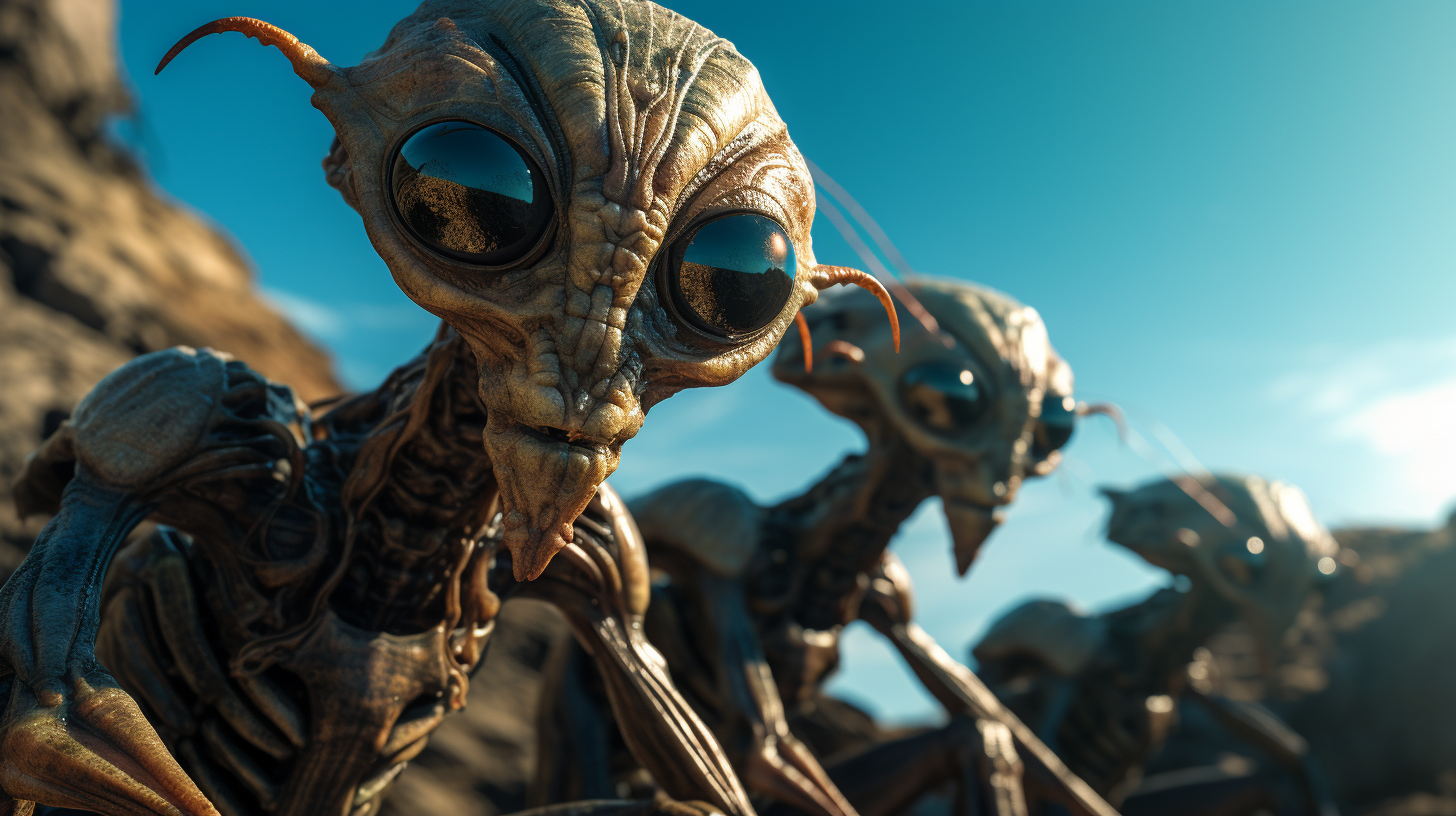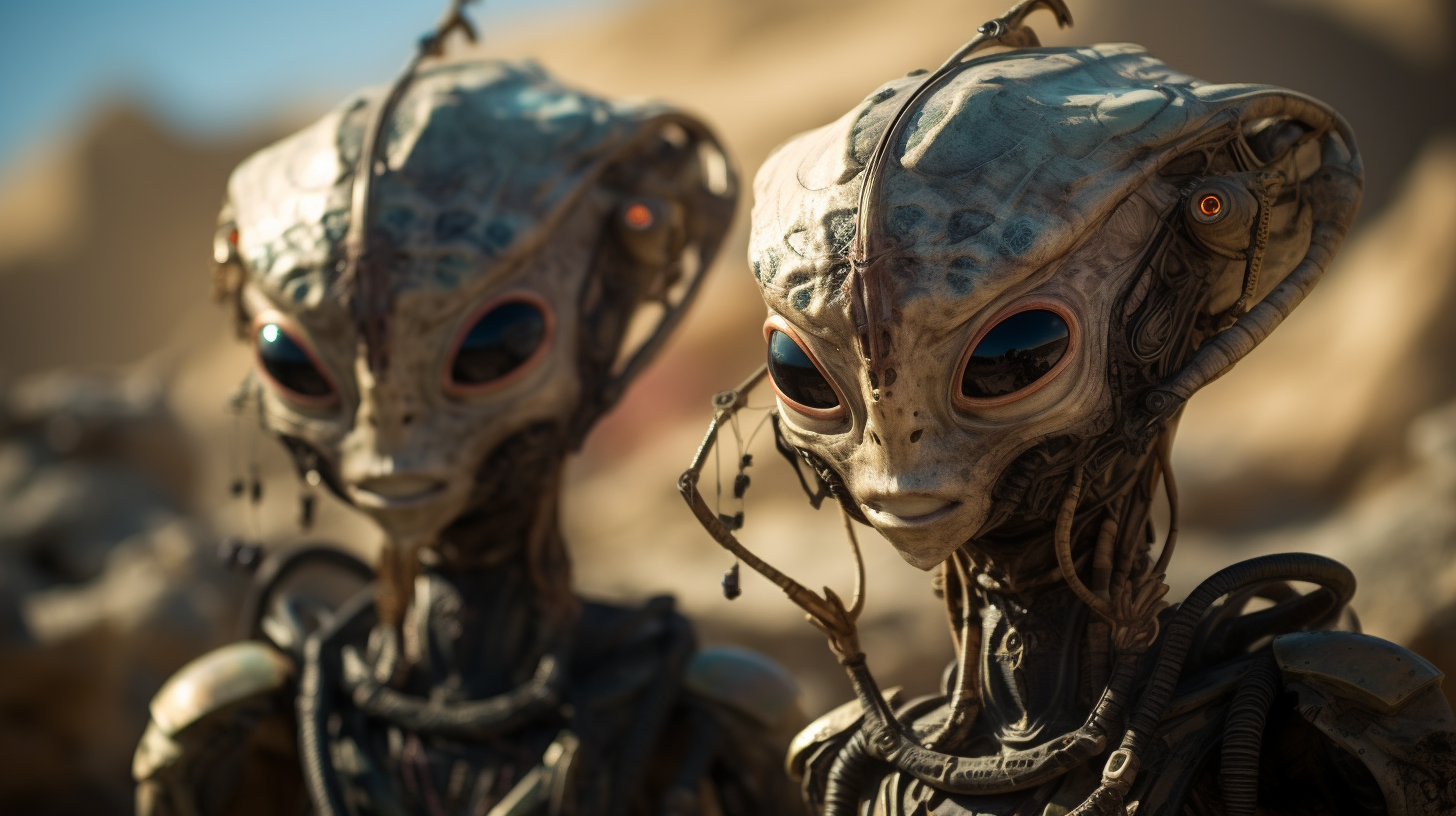Back in February 2013, a momentous revelation shook the world of astronomy. At the Harvard-Smithsonian Center for Astrophysics in lively Cambridge, Massachusetts, esteemed researchers unveiled a groundbreaking discovery following a thorough analysis of data collected by NASA’s Kepler space telescope.
The results exposed a striking truth – a remarkable 6% of red dwarf stars were identified to be home to planets with environments closely resembling our beloved Earth.
This significant finding sparked intense discussions and debates among scholars and space enthusiasts, reigniting age-old questions about life existing beyond our own solar system. The mere possibility of life thriving on planets orbiting these sturdy red dwarf stars kindled a flame of curiosity within our collective consciousness.
A particularly intriguing aspect of this discovery is the idea that life on these distant exoplanets could showcase a remarkably diverse range of forms compared to those familiar to us on Earth. Evolution, the force guiding the myriad of life on our planet, may have taken place in completely different ways under alternative cosmic conditions.

Dr. Peter Ward provided insightful perspectives, noting, “The surroundings significantly influence the evolutionary path of organisms. Therefore, it is feasible that evolution on distinct planets may follow similar principles but lead to vastly different outcomes.”
This concept unravels a fascinating array of possibilities. Intelligence, a trait developed through the necessity of survival, might have emerged in a multitude of beings spanning from reptiles to quadrupeds, or perhaps entities reminiscent of mollusks.
While the driving force behind this evolution remains consistent, the resulting physical forms could be radically diverse.
Contemplating the existence of intelligent entities taking varied shapes evokes ancient tales of encounters with beings from other worlds. Exploring historical stories of interactions with entities from beyond, we encounter beings bearing resemblances to birds, canines, and even reptiles.
Could it be possible that these diverse forms are adaptations of sentient beings to the unique conditions of their home planets? The possibilities seem limitless.

The field of Ufology, devoted to exploring unidentified flying objects and extraterrestrial life, introduces us to a plethora of alien types documented by eyewitnesses. From winged humanoids reminiscent of Mothman or the Houston Batman, to insectoid beings resembling giant insects, and even bipedal reptilian creatures, the diversity in descriptions is truly captivating.
The tantalizing prospect that the universe might be filled with intelligent life forms, each uniquely adapted to their native habitats, is enthralling.
Dr. David Wilcock highlights the striking similarities between ancient depictions of avian-human hybrids in Sumerian art and elongated-skulled figures in Egyptian paintings, and modern testimonies of encounters with extraterrestrial beings. These parallels suggest a persistent presence of these enigmatic beings throughout history.
Video:
As we peer into the vast cosmic expanse, a deep realization washes over us. The universe, adorned with numerous red dwarf stars and potentially livable planets, acts as a canvas where the fabric of life unfurls in diverse and mesmerizing ways.
The notion of intelligent beings, each shaped by the unique conditions of their respective worlds, coexisting within this cosmic tapestry is truly a marvel. Embracing this idea, we remain ever curious, poised on the brink of discovery, ready to explore the astonishing breadth of life outside our solar system.
